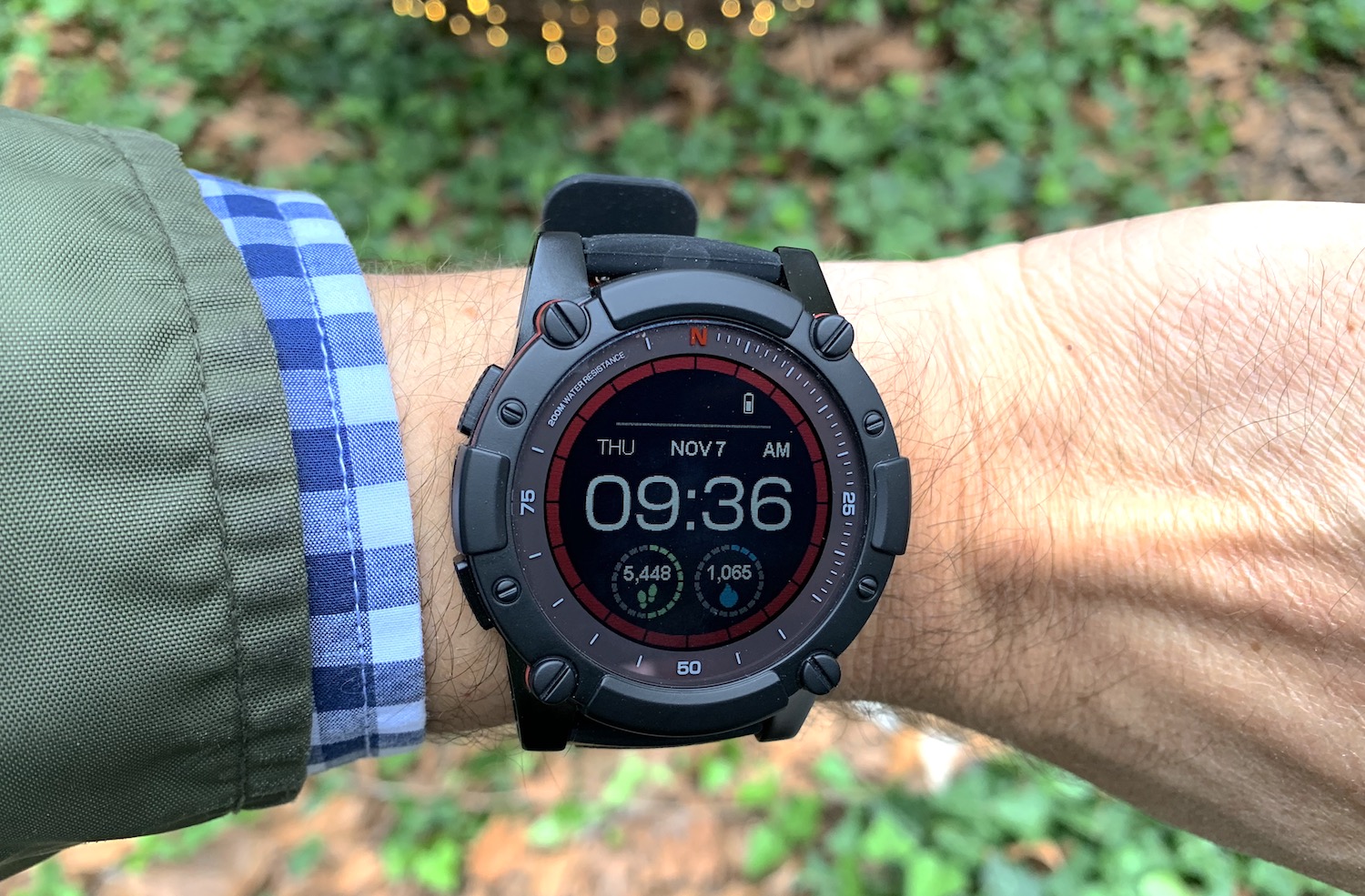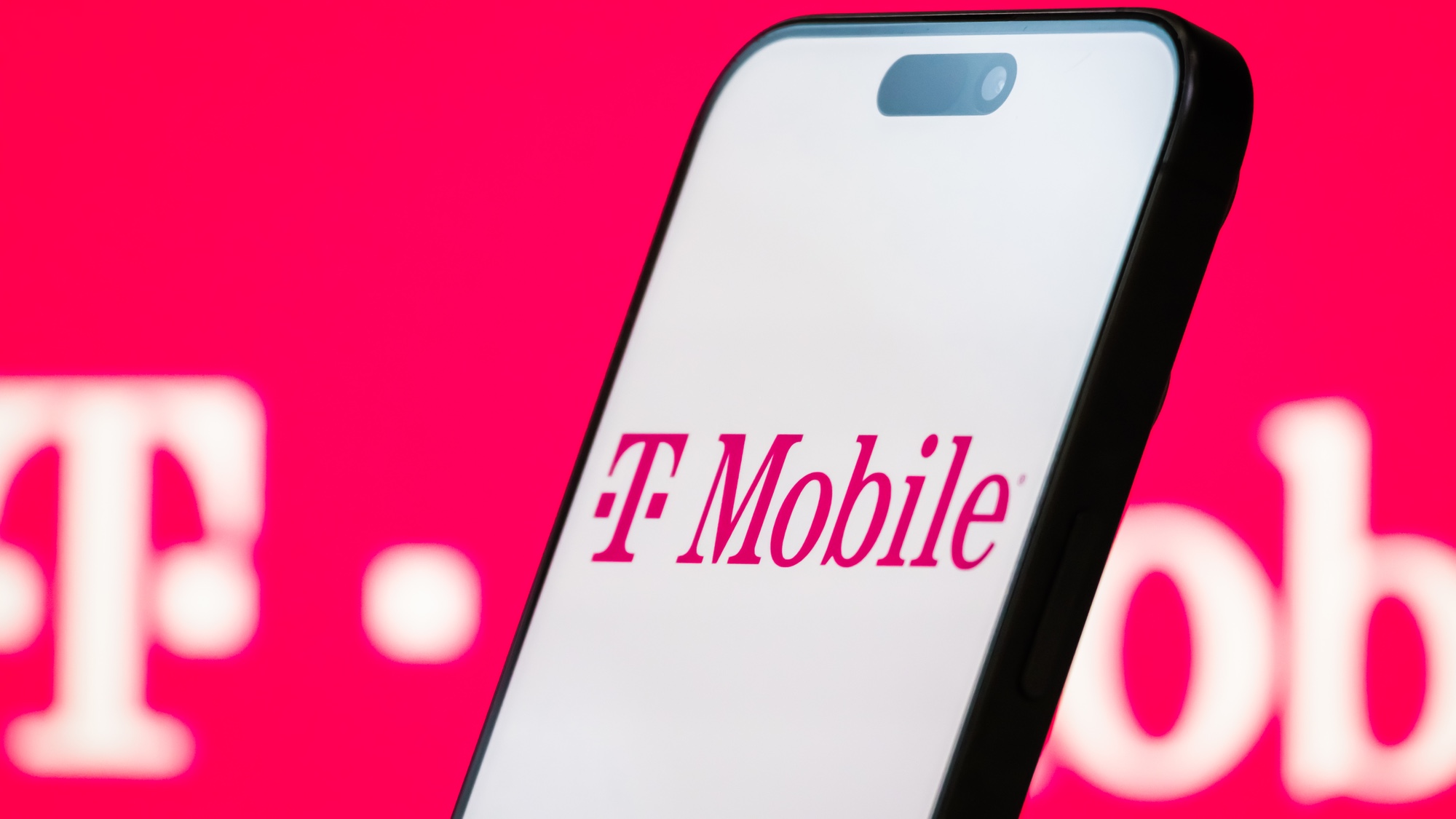Tom's Guide Verdict
This smartwatch almost never has to be recharged, but that's not enough to overcome its high price and lack of features.
Pros
- +
Long battery life
- +
Built in GPS
Cons
- -
Expensive
- -
Few fitness features
- -
Limited notifications
- -
No apps
Why you can trust Tom's Guide
One reason why traditional watches will always have an advantage over smartwatches is that the former rarely, if ever, need to be recharged, whereas even the best smartwatch will run out of power in a week. The PowerWatch Series 2, like its predecessor, is remarkable in that it potentially never needs to come off your wrist. In fact, it draws its power from your own body heat. It’s an interesting technology, but for a $500 smartwatch, its other features are limited. Hopefully, its tech will make it into one of the best smartwatches, but today is not that day.
PowerWatch Series 2 price and availability
The PowerWatch Series 2 is available in three models. The $499 version has a black case and a rubber strap. The $599 Series 2 Premium has a silver finish and a stainless-steel strap. The $699 Series 2 Luxe has a titanium finish and a stainless-steel Milanese band.
PowerWatch Series 2 design: Big and utilitarian
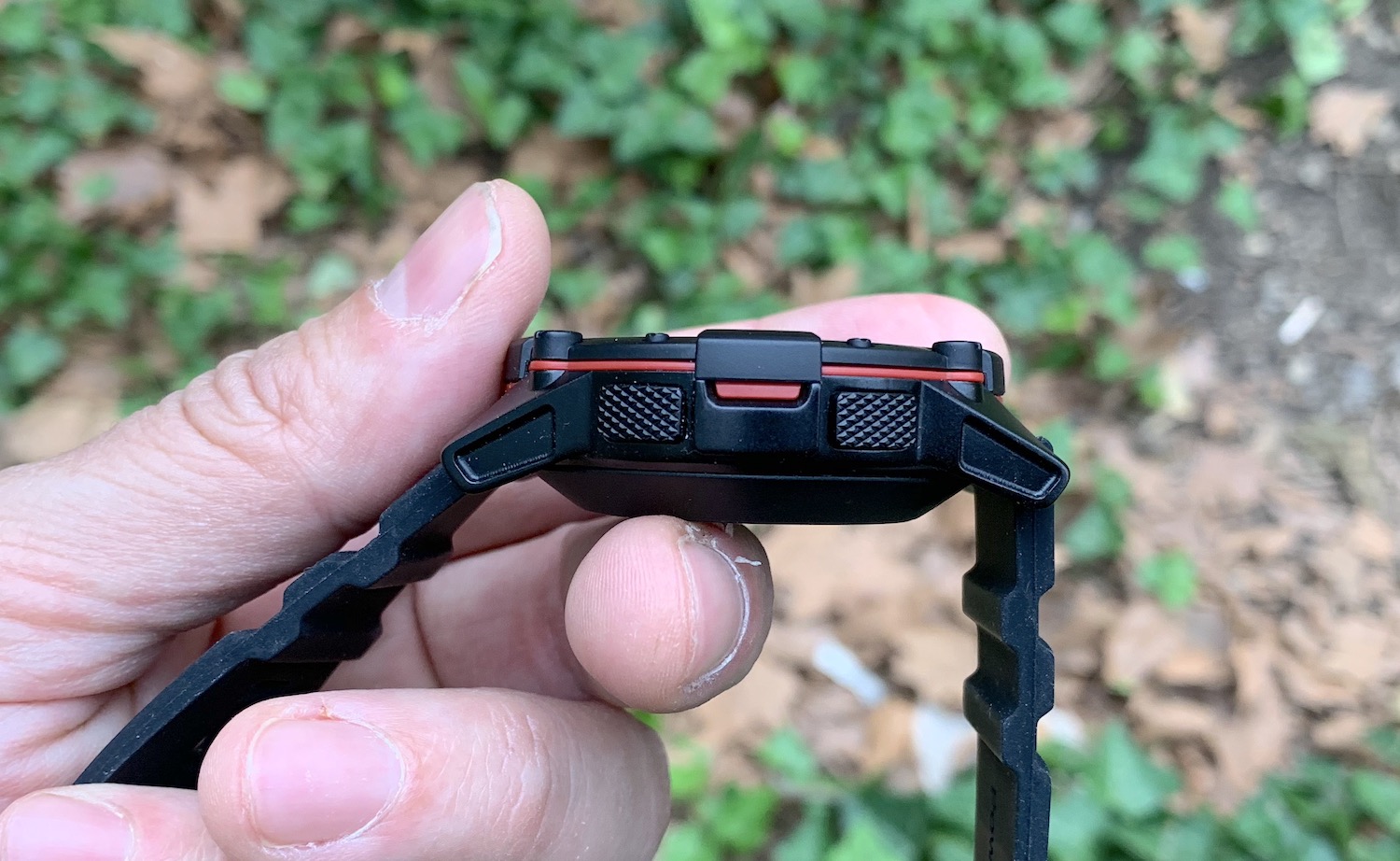
Although not as beefy as the Garmin Fenix 6X Solar, the PowerWatch Series 2 looks like it's spent some time at the gym. At 16mm thick and 47mm in diameter, this is not a watch for small wrists.
The PowerWatch Series 2 has a much more finished look than the original PowerWatch, and less like a first-gen product. I especially like the red band that wraps around the circumference. There are four screws securing the top of the case, with more beveled edges. The PowerWatch 2.0 also has four buttons (two on each side), whereas the original had a digital crown flanked by two small buttons on its right. The buttons are used to navigate through the watch’s various screens, and to start and end workouts.
For as large as the PowerWatch's case is, the 1.2-inch diameter color screen, protected by sapphire glass, feels a bit small. It was easy enough to read — there's even a backlight — but you have to be a fan of thick bezels.
The PowerWatch Series 2 is also waterproof to 200 meters, but if you're going that deep, you probably have bigger things to worry about than if your watch will survive.
PowerWatch App: Functional but limited
In addition to tracking your steps, calories and sleep, the PowerWatch app (available for Android and iOS) displays how much energy the watch is receiving from your body and from light sources. The app also shows your exercise stats, though it's much more basic than you'll find with Garmin or Fitbit's apps.
PowerWatch Smartwatch Features: Barely the basics
Notifications are limited. When a text came in, the PowerWatch would display only the first few words. For example, when someone approached my Ring Video doorbell, the watch displayed a notification — sort of: "Ring - There is motion at your Front…."
I couldn't see the entirety of the message, nor could I dismiss it. And, regardless of whether the watch is paired with an Android or iPhone, there's no way to respond to notifications.
You can also forget about adding apps, widgets or third-party watch faces.
PowerWatch Fitness Features: The bare minimum
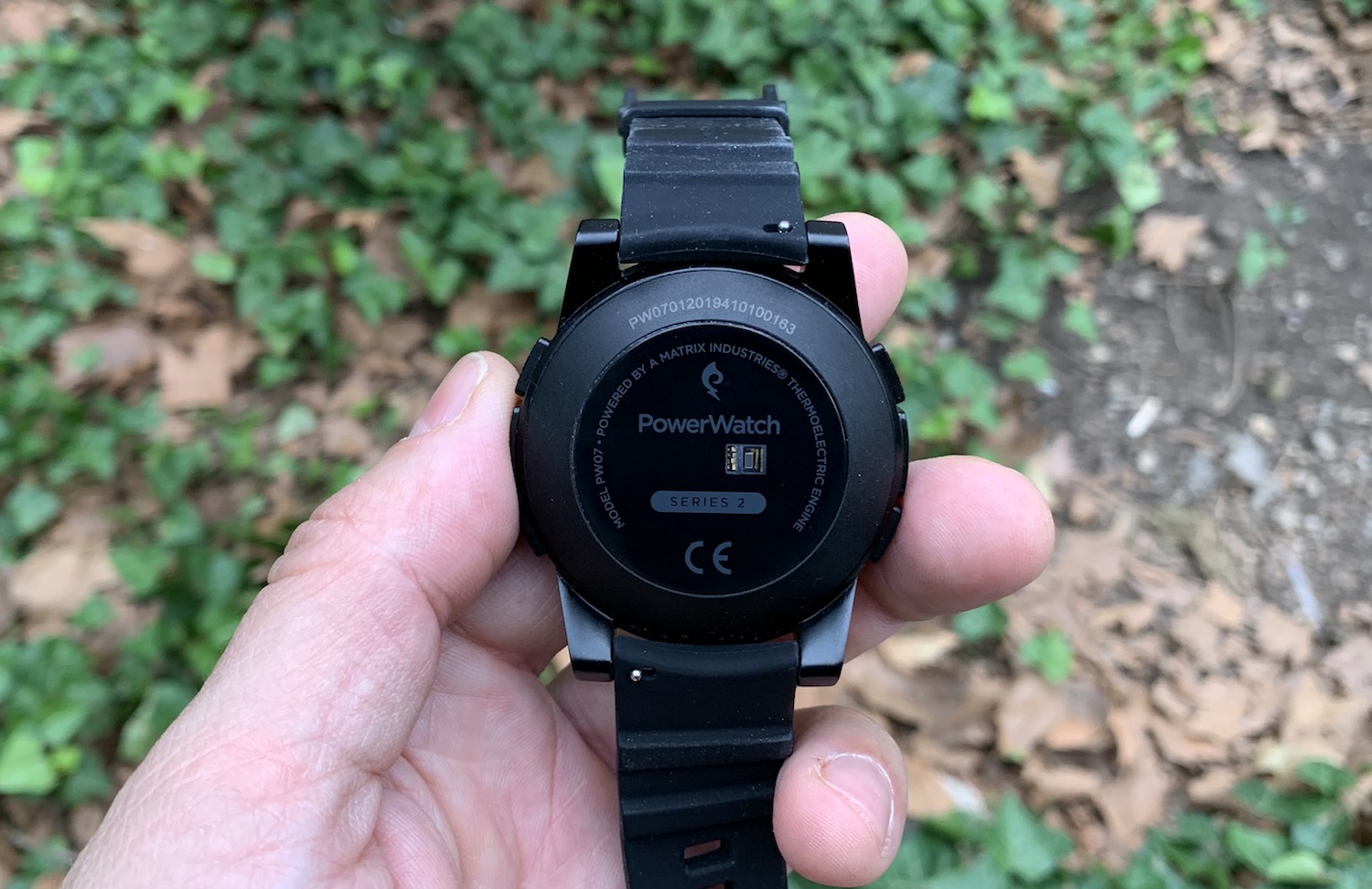
The Series 2 can track five activities — outdoor run, outdoor walk, outdoor cycle, indoor run, and indoor walk — and has both GPS and a heart rate monitor. That probably covers the majority of the exercises most smartwatch wearers are looking for, but it's paltry compared with the laundry list of activities you'll find on Garmin and Fitbit devices.
PowerWatch says that GPS should be used for only up to 30 minutes per day to avoid draining the battery, but a good 30-minute run each day is all you pretty much need to stay healthy.
During an activity, the PowerWatch displays only one screen — for example, elapsed time, distance, pace and heart rate during an outdoor run. The screen is not customizable, and the numbers are small, making them hard to read while moving.
PowerWatch Battery Life: Virtually endless
The PowerWatch Series 2 comes with a small wireless charger, but it's doubtful you'll ever need it. That's because, like the original PowerWatch, the Series 2 charges its battery using your body heat, what's known as thermoelectric generation. That is, it uses the difference between your skin temperature and the ambient temperature to generate electricity. The greater the difference, the faster the watch charges. So, if it's cold outside and you take the PowerWatch for a run, it will charge faster than if you're simply sitting outside on a hot, sunny day.
Considering that most smartwatches will lose their charge after a couple of days at most, it's an especially useful technology. At the very least, that's one less charger you have to remember to bring along on a vacation or business trip.
In addition, the PowerWatch Series 2 has a solar panel built into its display, much like the Garmin Fenix 6X Pro Solar.
After fully charging the PowerWatch, I never had to use its charger again over the course of a week, and its battery level would only drop when I took it off for the night.
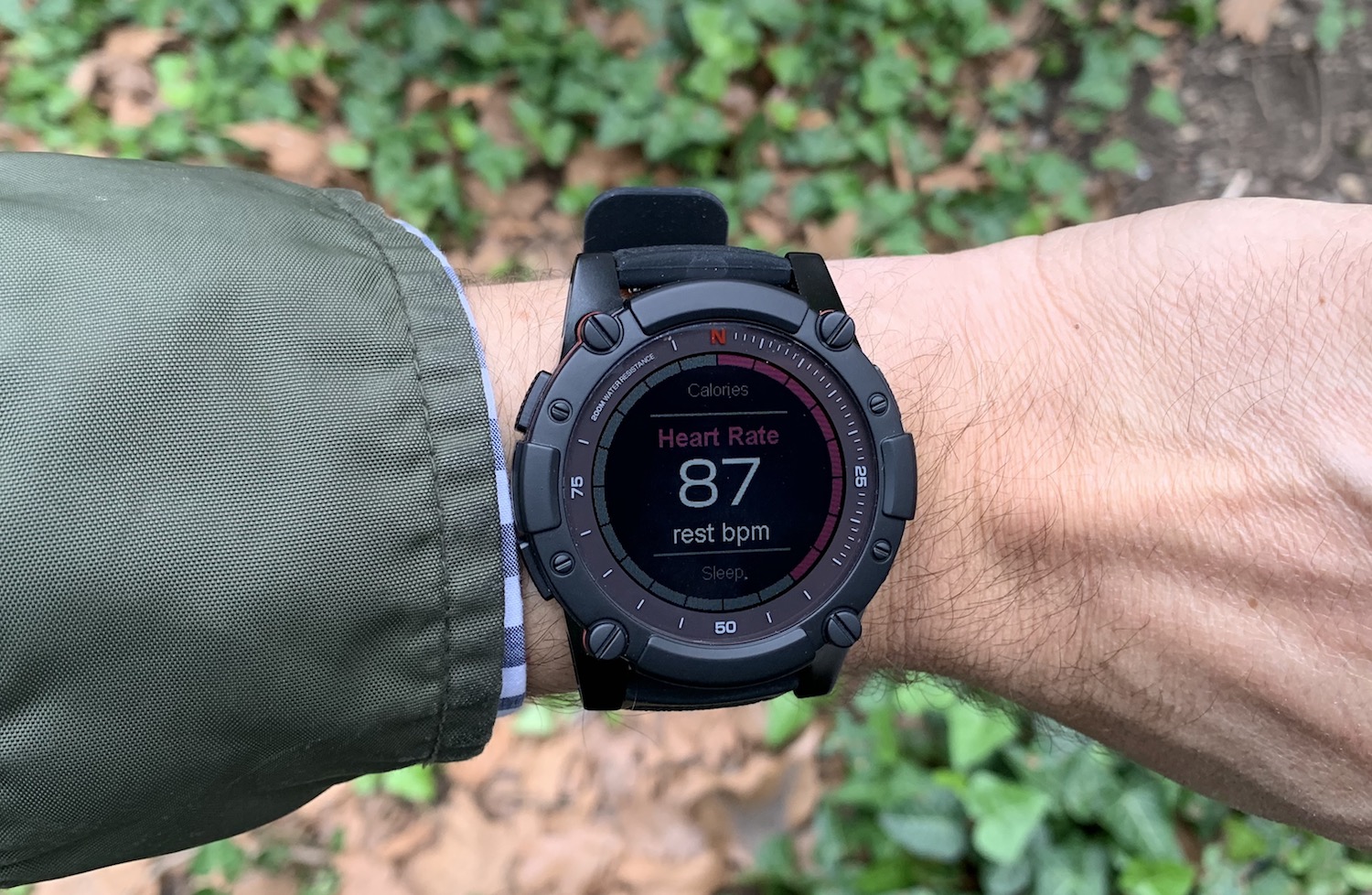
Bottom line
Although there have been a number of improvements since the original, the high price and limited features of the PowerWatch Series 2 (especially compared with other smartwatches) still make it best-suited for those with large wrists and an interest in thermoelectric technology.
Otherwise, we suggest the Apple Watch Series 5 for iPhone users or the Samsung Galaxy Watch Active 2. Both cost at least $100 less, yet offer far more features. Of course, both of those watches will need to be recharged, while the PowerWatch will keep going and going.

Michael A. Prospero is the U.S. Editor-in-Chief for Tom’s Guide. He oversees all evergreen content and oversees the Homes, Smart Home, and Fitness/Wearables categories for the site. In his spare time, he also tests out the latest drones, electric scooters, and smart home gadgets, such as video doorbells. Before his tenure at Tom's Guide, he was the Reviews Editor for Laptop Magazine, a reporter at Fast Company, the Times of Trenton, and, many eons back, an intern at George magazine. He received his undergraduate degree from Boston College, where he worked on the campus newspaper The Heights, and then attended the Columbia University school of Journalism. When he’s not testing out the latest running watch, electric scooter, or skiing or training for a marathon, he’s probably using the latest sous vide machine, smoker, or pizza oven, to the delight — or chagrin — of his family.
